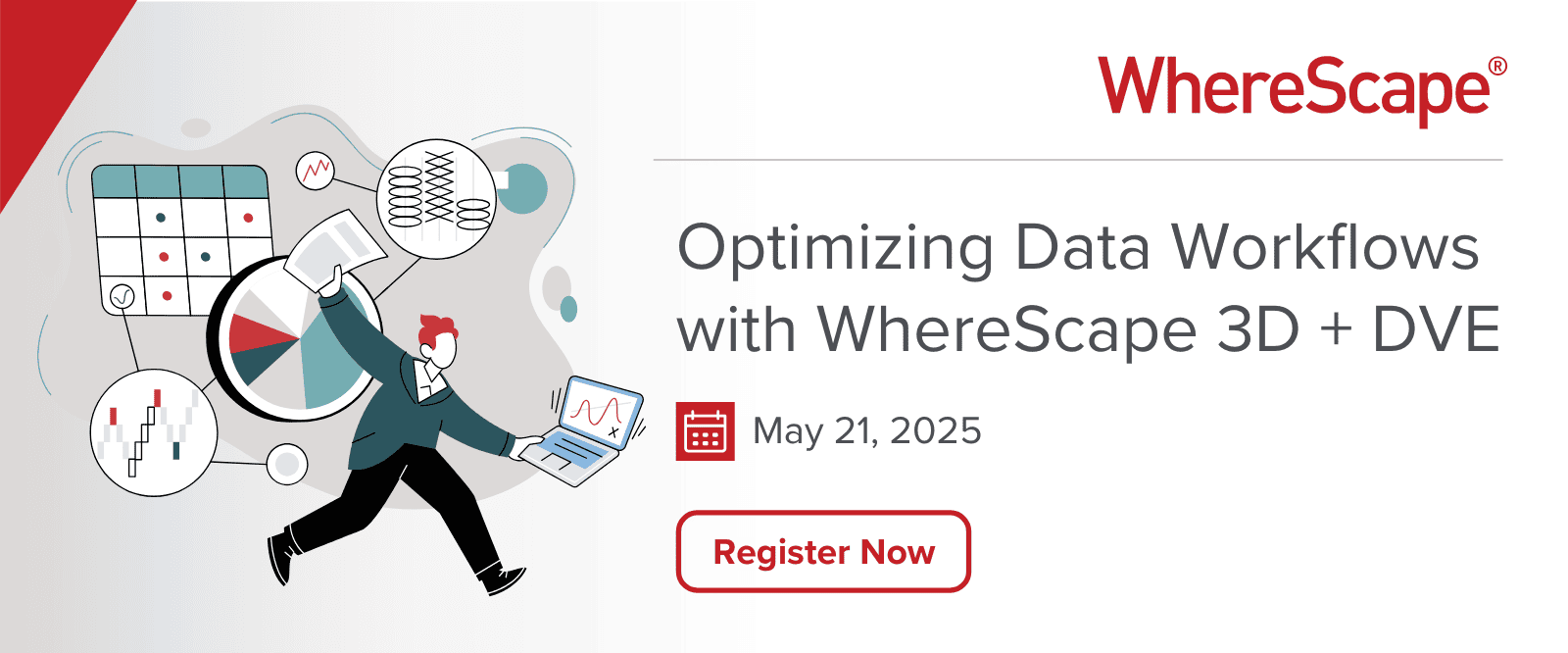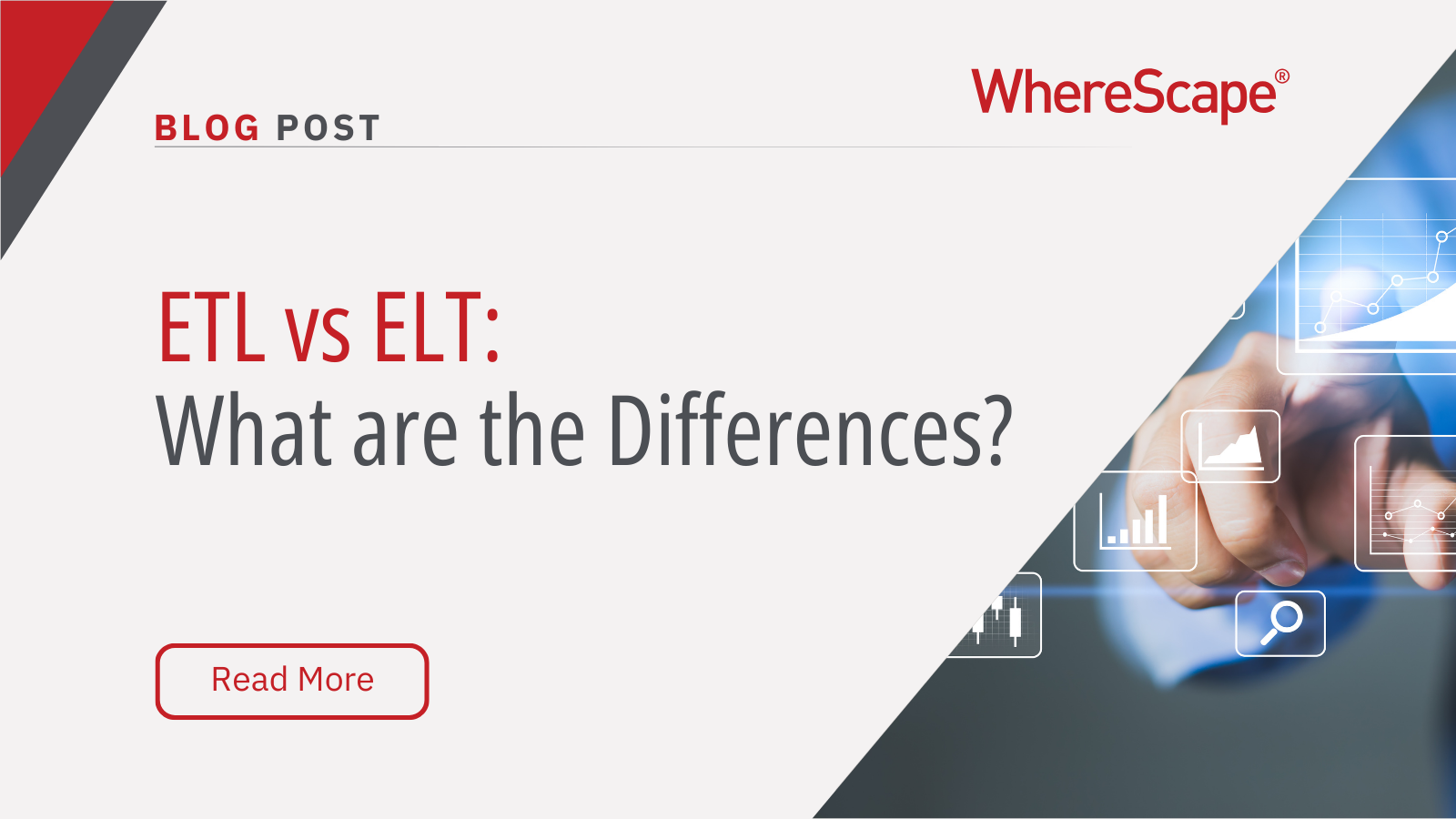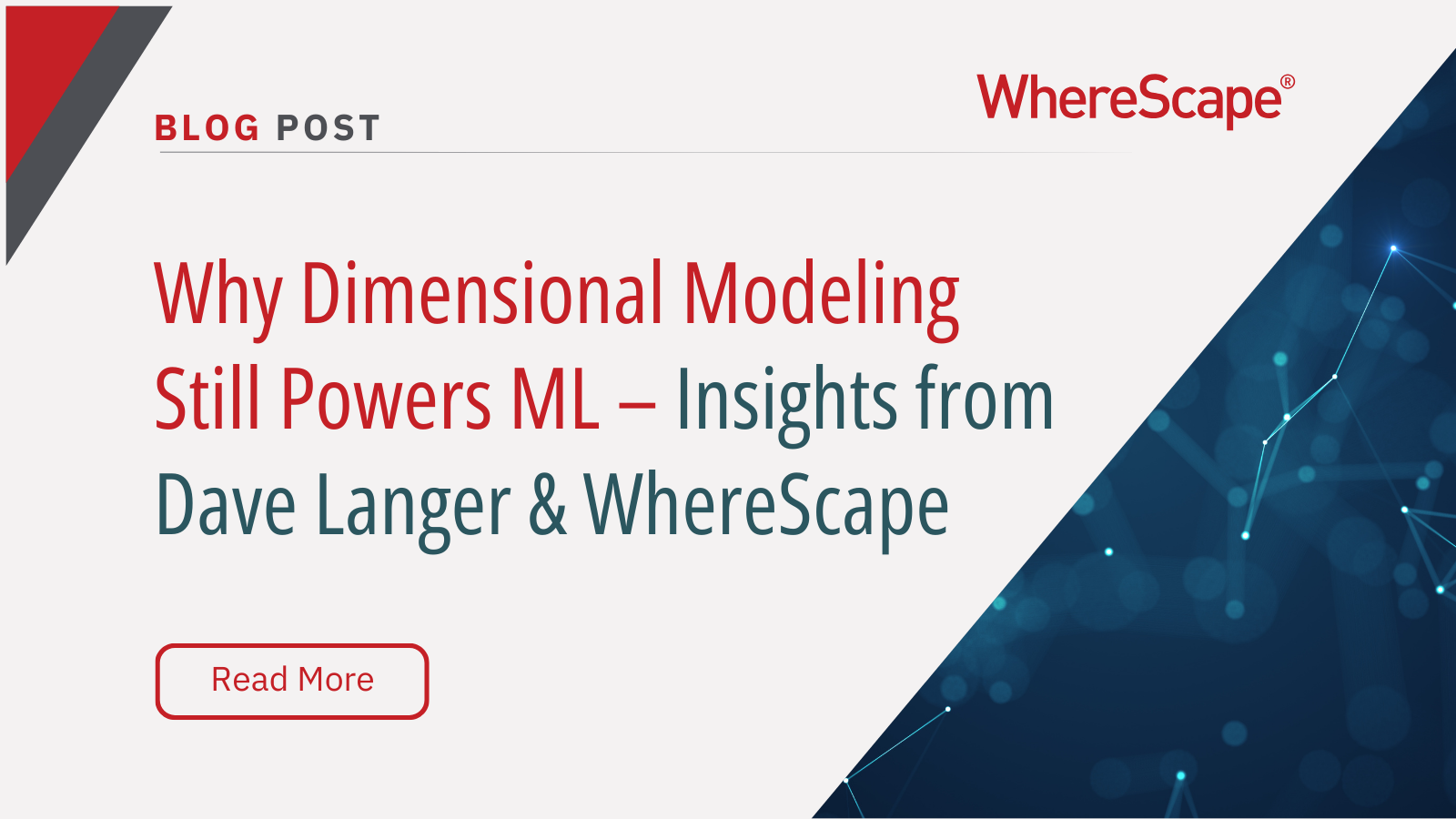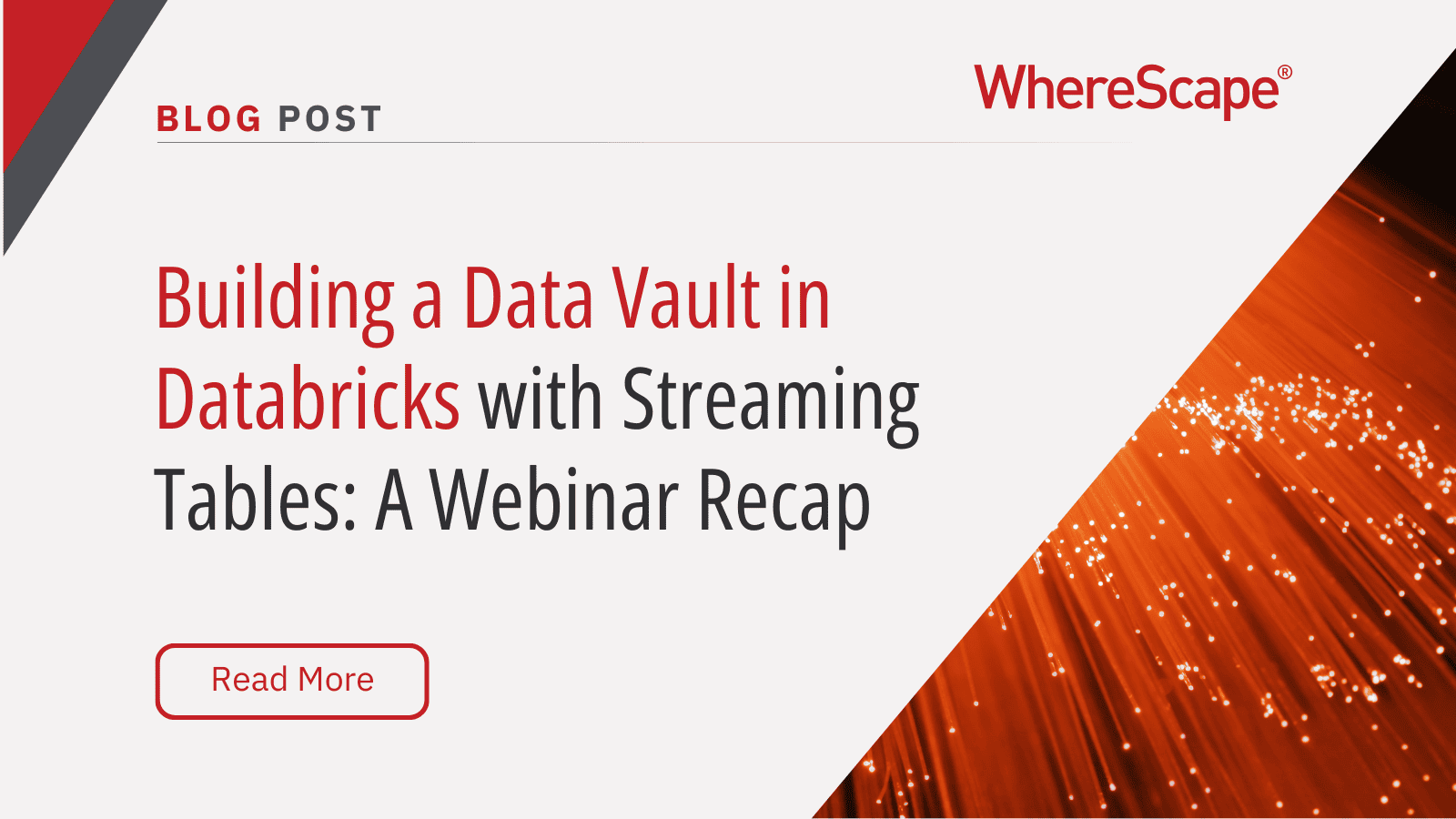Model. Automate. Accelerate. Step into a guided,...
Why Automation is No Longer a Choice for Your Data Architecture
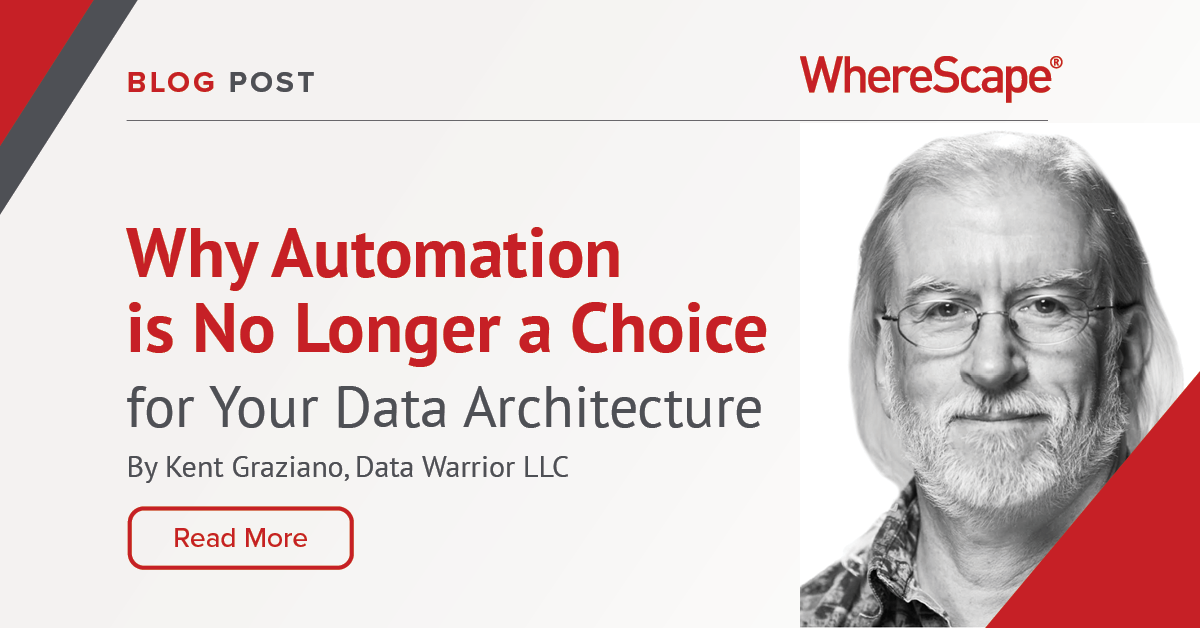
The world of data has changed for sure. Especially over the past several years. In fact, the pandemic accelerated some changes, like the migration to cloud-based data platforms.
When everyone needed to be remote, it just made sense to move to the cloud and use a service for your data platform.
Along with that came more data, more data types, and an actual business needs to move faster. Companies had to adapt very quickly during the pandemic if they wanted to survive. Many did and thrived while others, well, not so much.
As the demand for data continues to grow at unprecedented rates, and as it becomes a non-negotiable asset for organizational success, the requirement to rapidly deliver value from that data (i.e., turn it into information for data-driven decision making) has become an imperative.
So how do we deliver value faster with our data warehouses, data meshes, and enterprise data hubs? Automate, automate, automate.
Automation of Architecture
Anyone who has been following me for more than a few years knows I have been a huge fan of agile thought and code automation in the data space for a long time. The easiest code to test is code you never write!
How do you deliver faster? Write and test less code (there are no syntax errors in generated code).
How do you do that? Generate the code based on standards and templates. Use a low code or even a no-code tool to do it. This helps with both agility and quality. In our space, this has generally been referred to as a data warehouse automation tool.
IT Automation Benefits
One of the key benefits of an automation tool is that your team, data engineers, architects, and analysts, become more productive. They no longer need to be expert coders nor do they need to be experts in all the nuances of data warehousing theory or a particular design methodology, like knowing what a type 2 slowly changing dimension is. Sure, it helps to know what these concepts are but not having to code it all by hand is a big win (and definitely less error-prone).
With a template-based approach, you also get the benefit of standards enforcement without having to do tedious code reviews. Plus, it means you can onboard new team members very quickly. They need to learn to use the tool properly but they don’t have to remember what all the standards are. And if the standards need to change, you change the templates and regenerate the code. Done!
Leverage Automation Tools
Additionally, if you decide to change platforms, a good automaton tool will make those transitions much easier by letting you choose a new target platform and regenerating all the logic into the new platform’s native syntax. I personally have seen several large migrations benefit from this approach in recent years – saving months and hundreds of thousands of dollars in the process.
Likewise, as your current platform evolves, your automation tools should be incorporating those new features into the tool so again, you don’t have to be an expert to take advantage of them quickly. A good automation tool lets you describe “why,” and automatically implements the “how.”
In the end, that means your investment into the design and logic and transformation rules of your data platform are protected regardless of the changes that may come your way in the future. Automation is a great way to future-proof your platform architecture.
Documentation
To top it all off, if you build your architecture and generate your code from a good end-to-end automation tool, with a solid repository under it, you get the one benefit everyone needs, but rarely builds – comprehensive documentation. And that documentation will not be static. As you make changes and iterate through your design, expand, build, and deliver, the documentation stays current – you only need to push a button to see the current state of your system. You can be agile and documented!
Benefits of Automation in the Workplace
As you go about justifying automation to your management and staff, focus on these key benefits:
- Automated documentation
- Target platform flexibility
- Ability to customize templates and apply standards
- Agile modeling and data engineering – easily adapt to rapidly changing business needs
- Sustainability (“future-proofed” platform – change is easier when you have automated)
So, the question you need to ask yourself is “Why haven’t we automated yet?” Better yet ask “When can we start?” Because now you know that automation is no longer a choice, it is mandatory.

Kent Graziano (AKA The Data Warrior), was the Chief Technical Evangelist for Snowflake and is an award-winning author, speaker, and thought leader. He is an Oracle ACE Director (Alumni), Knight of the OakTable Network, a certified Data Vault Master and Data Vault 2.0 Practitioner (CDVP2), and expert solution architect with over 35 years of experience, including more than 25 years designing advanced data and analytics architectures (in multiple industries).
An internationally recognized expert in cloud and agile data design and prolific author, Mr. Graziano has penned numerous articles, three Kindle books, and co-authored four other books (including the 1st Edition of The Data Model Resource Book and the first book on Data Vault). He is also the technical editor for Super Charge Your Data Warehouse.
Want to hear more?
ETL vs ELT: What are the Differences?
In working with hundreds of data teams through WhereScape’s automation platform, we’ve seen this debate evolve as businesses modernize their infrastructure. Each method, ETL vs ELT, offers a unique pathway for transferring raw data into a warehouse, where it can be...
Dimensional Modeling for Machine Learning
Kimball’s dimensional modeling continues to play a critical role in machine learning and data science outcomes, as outlined in the Kimball Group’s 10 Essential Rules of Dimensional Modeling, a framework still widely applied in modern data workflows. In a recent...
Automating Data Vault in Databricks | WhereScape Recap
Automating Data Vault in Databricks can reduce time-to-value by up to 70%—and that’s why we hosted a recent WhereScape webinar to show exactly how. At WhereScape, modern data teams shouldn't have to choose between agility and governance. That's why we hosted a live...
WhereScape Recap: Highlights From Big Data & AI World London 2025
Big Data & AI World London 2025 brought together thousands of data and AI professionals at ExCeL London—and WhereScape was right in the middle of the action. With automation taking center stage across the industry, it was no surprise that our booth and sessions...
Why WhereScape is the Leading Solution for Healthcare Data Automation
Optimizing Healthcare Data Management with Automation Healthcare organizations manage vast amounts of medical data across EHR systems, billing platforms, clinical research, and operational analytics. However, healthcare data integration remains a challenge due to...
WhereScape Q&A: Your Top Questions Answered on Data Vault and Databricks
During our latest WhereScape webinar, attendees had fantastic questions about Data Vault 2.0, Databricks, and metadata automation. We’ve compiled the best questions and answers to help you understand how WhereScape streamlines data modeling, automation, and...
What is Data Fabric? A Smarter Way for Data Management
As of 2023, the global data fabric market was valued at $2.29 billion and is projected to grow to $12.91 billion by 2032, reflecting the critical role and rapid adoption of data fabric solutions in modern data management. The integration of data fabric solutions...
Want Better AI Data Management? Data Automation is the Answer
Understanding the AI Landscape Imagine losing 6% of your annual revenue—simply due to poor data quality. A recent survey found that underperforming AI models, built using low-quality or inaccurate data, cost companies an average of $406 million annually. Artificial...
RED 10: The ‘Git Friendly’ Revolution for CI/CD in Data Warehousing
For years, WhereScape RED has been the engine that powers rapidly built and high performance data warehouses. And while RED 10 has quietly empowered organizations since its launch in 2023, our latest 10.4 release is a game changer. We have dubbed this landmark update...
The Assembly Line for Your Data: How Automation Transforms Data Projects
Imagine an old-fashioned assembly line. Workers pass components down the line, each adding their own piece. It’s repetitive, prone to errors, and can grind to a halt if one person falls behind. Now, picture the modern version—robots assembling products with speed,...
Related Content
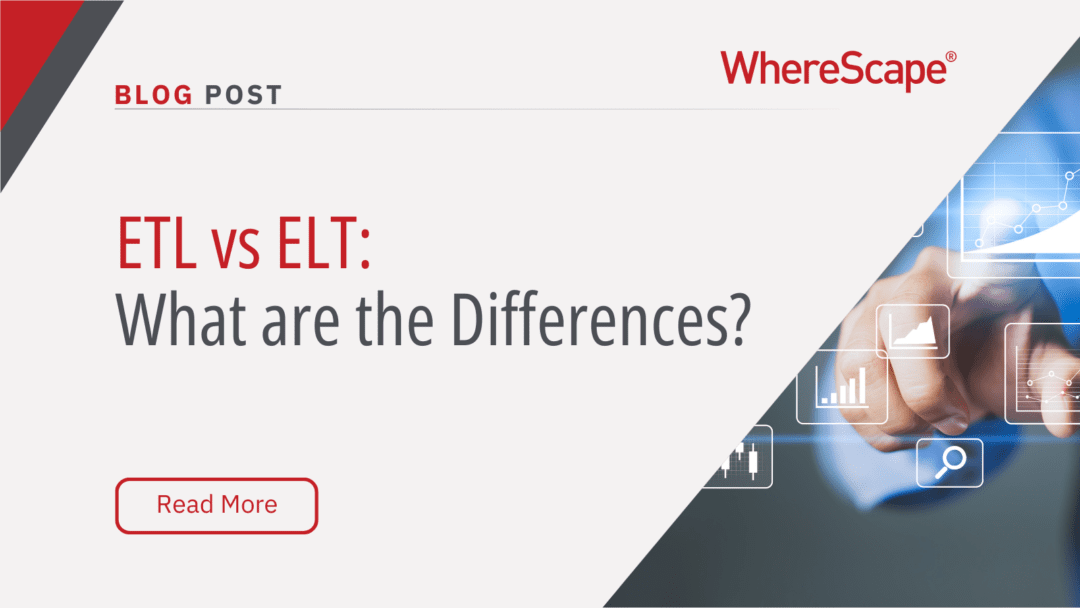
ETL vs ELT: What are the Differences?
In working with hundreds of data teams through WhereScape’s automation platform, we’ve seen this debate evolve as businesses modernize their infrastructure. Each method, ETL vs ELT, offers a unique pathway for transferring raw data into a warehouse, where it can be...
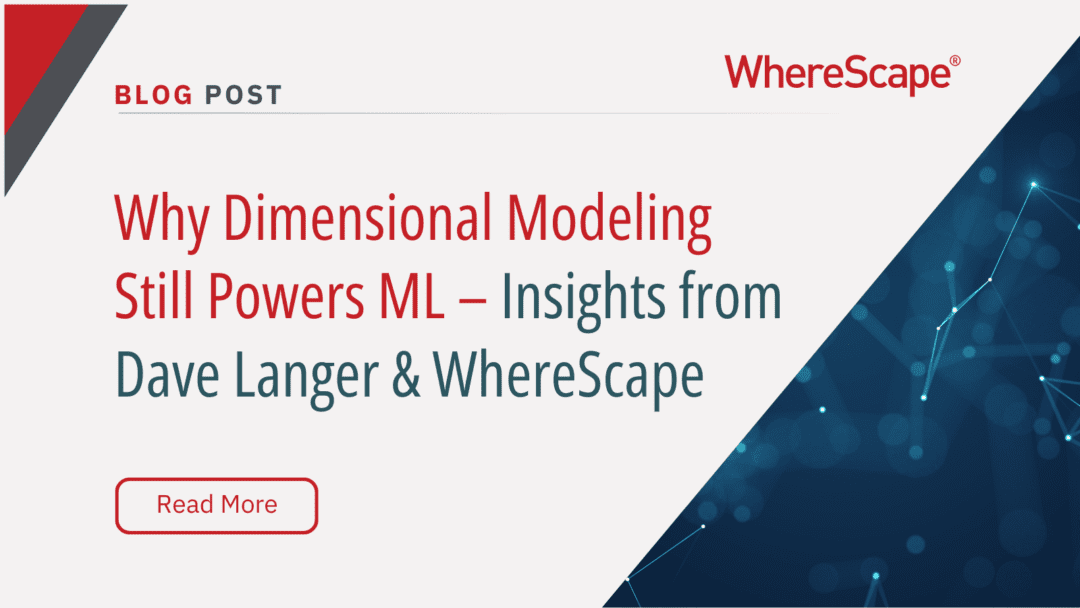
Dimensional Modeling for Machine Learning
Kimball’s dimensional modeling continues to play a critical role in machine learning and data science outcomes, as outlined in the Kimball Group’s 10 Essential Rules of Dimensional Modeling, a framework still widely applied in modern data workflows. In a recent...
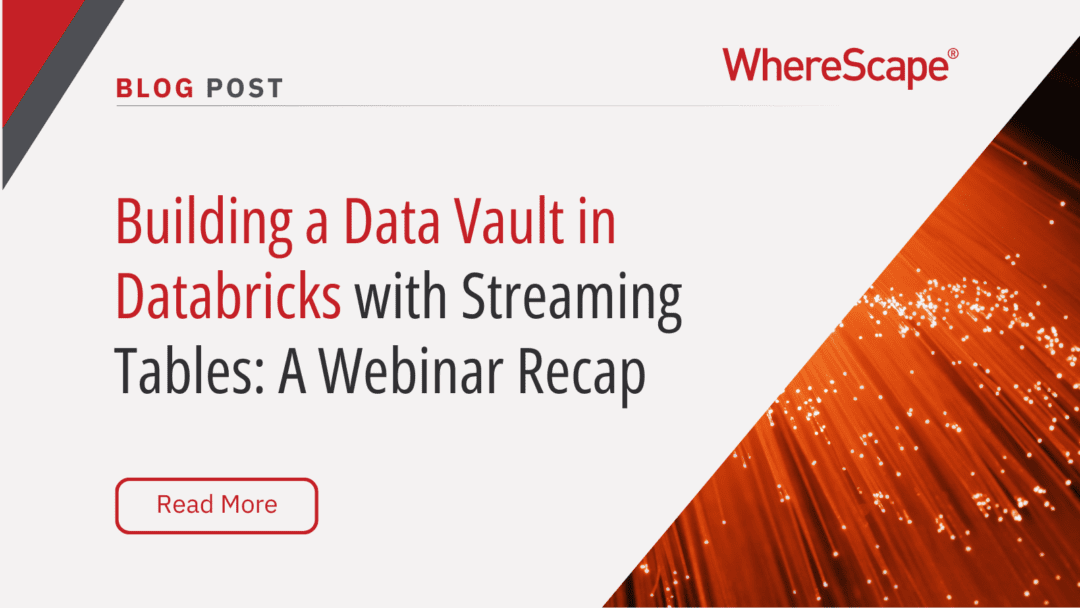
Automating Data Vault in Databricks | WhereScape Recap
Automating Data Vault in Databricks can reduce time-to-value by up to 70%—and that’s why we hosted a recent WhereScape webinar to show exactly how. At WhereScape, modern data teams shouldn't have to choose between agility and governance. That's why we hosted a live...
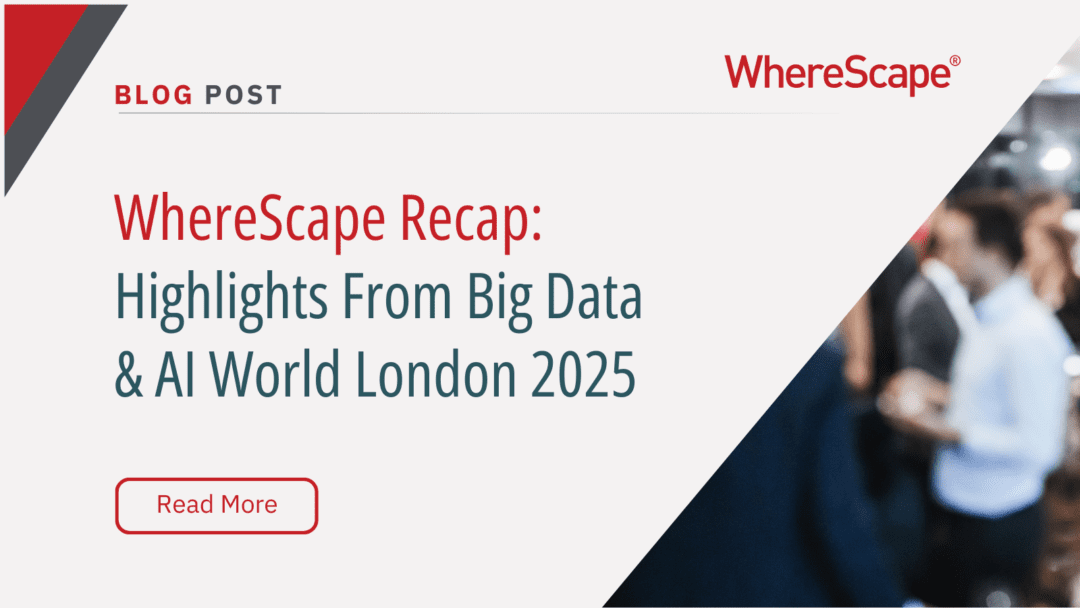
WhereScape Recap: Highlights From Big Data & AI World London 2025
Big Data & AI World London 2025 brought together thousands of data and AI professionals at ExCeL London—and WhereScape was right in the middle of the action. With automation taking center stage across the industry, it was no surprise that our booth and sessions...

